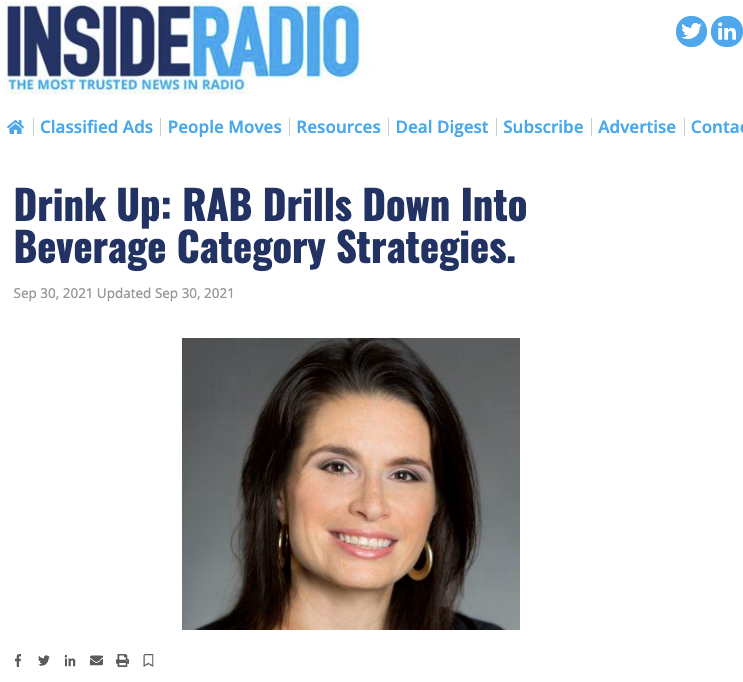As more brands are now seeking the benefits of globalization, the need to conduct international qualitative research has become more important than ever to understand consumer behavior. Conducting research outside a brand’s home country brings illuminating insights with a caveat of unique challenges. In this blog, we will dive deeper into the pros and cons of international online qualitative research.
Pros of International Online Qualitative Research
Flexibility
Conducting online focus groups has fewer physical boundaries. There are no travel fees involved, as the moderators and participants can join within the comfort of their homes or offices. Though there are country-specific time zones to be mindful of when scheduling sessions, data is available for market researchers to analyze almost immediately.
Unique Perspectives
Globally, consumers perceive brands differently and therefore have a unique relationship with a brand. Having said that, a key advantage of online focus groups on an international scale is that participants can share their perspectives for a specific brand. This data can be unique, multi-varied, and culturally sensitive.
Advanced Technology
Now that technology has become so advanced, executing online qualitative research internationally has become much easier, efficient, and cost-effective. Various methodologies such as in-depth interviews and online focus groups can be utilized through web conferencing software to help brands understand what consumers truly think. Other unique research methods like AI qualitative research and selfie interviews reveal attitudes, thoughts, and beliefs about the brand or product.
Cons of International Online Qualitative Research
Communicating in the Local Language
Although conducting online focus groups allows for flexibility, searching for a moderator who can speak the local language can be challenging. Different dialects can also impact focus group responses. If the focus group is facilitated by a moderator who can speak the native language, participants will be more willing to share their attitudes and beliefs.
Translating Culture
When it comes to international qualitative research, it’s important to be mindful of cultural sensitivities and nuances. Some cultures have taboo subjects or revered customs. Additionally, people of certain cultural backgrounds may be more apprehensive or quieter in focus groups. This can distort consumer insights.
Lack of Technological Infrastructure
Although technological advancements have transformed market research, some countries may lack technological infrastructure. This can be a barrier to setting up and gathering sufficient, reliable insights.
Cost
Brands must consider cost when taking on a project internationally. It plays a major factor in the translation of transcripts, recruitment, and simultaneous interpretation. Each country that participates in a qualitative research study brings added insights–as well as added costs.
There are many pros and cons to international online qualitative research. Overall, it can result in insightful takeaways on brand attitude and perception, it also comes with certain limitations. Depending on the study and KPIs, it’s important to weigh the benefits and costs for qualitative methodologies.
Interested in reading more in our pros/cons series? Check out our other blogs here.
Are you interested in our market research capabilities?
- Take a look at our research strategies here.
- Email us at [email protected].
- Sign up for our newsletters here.











